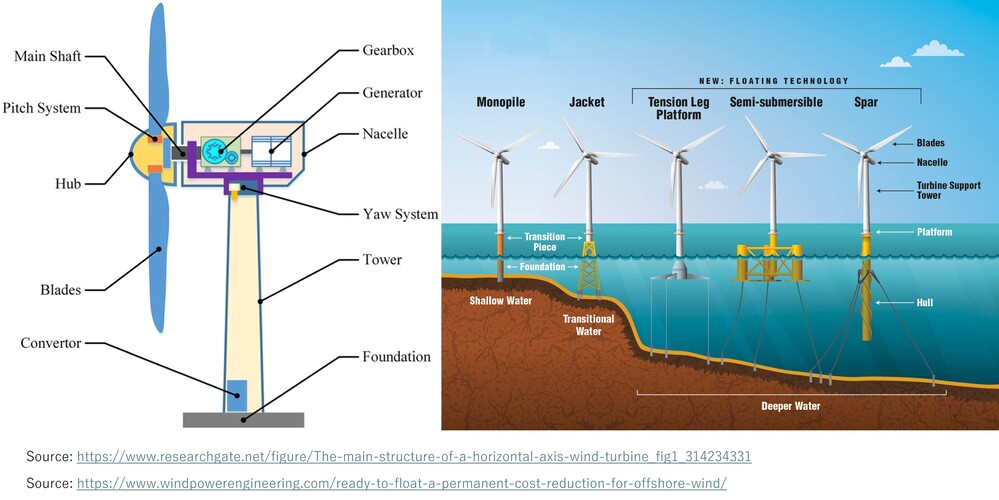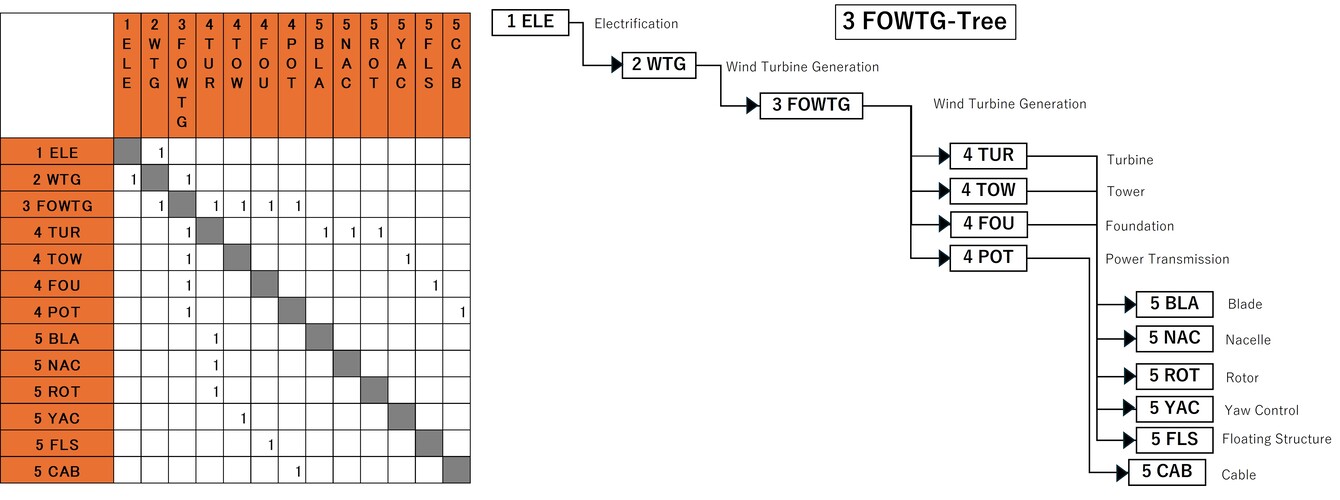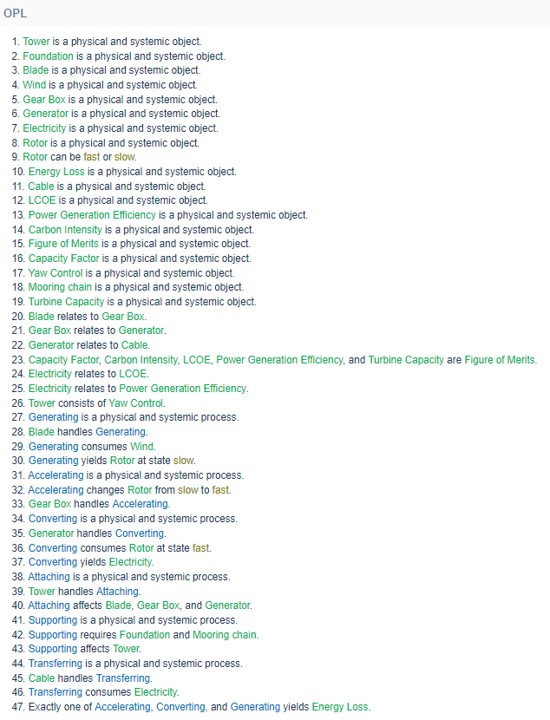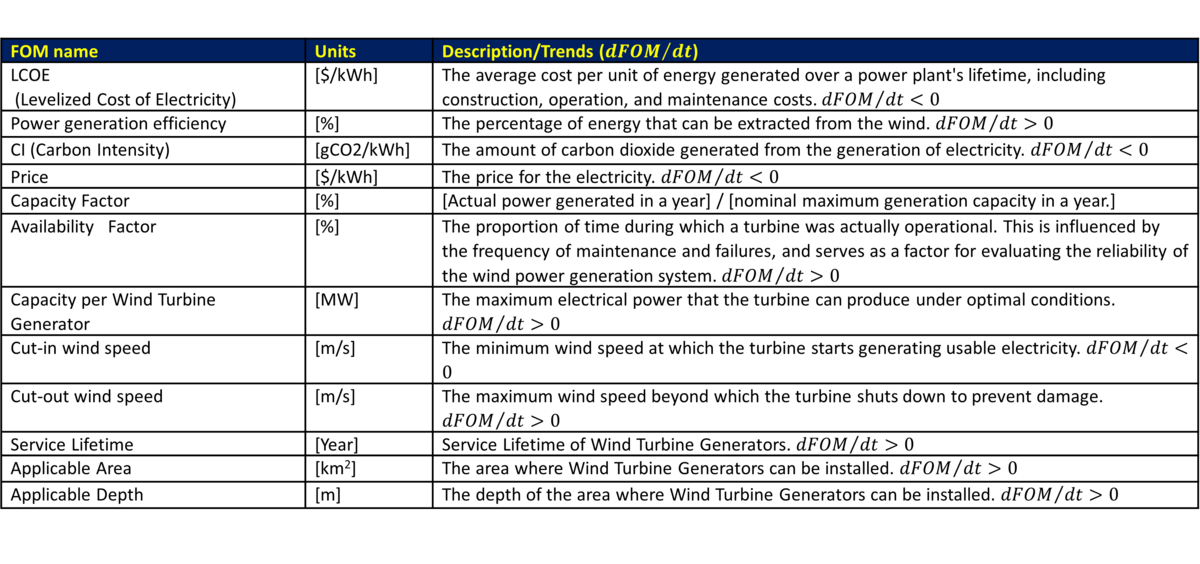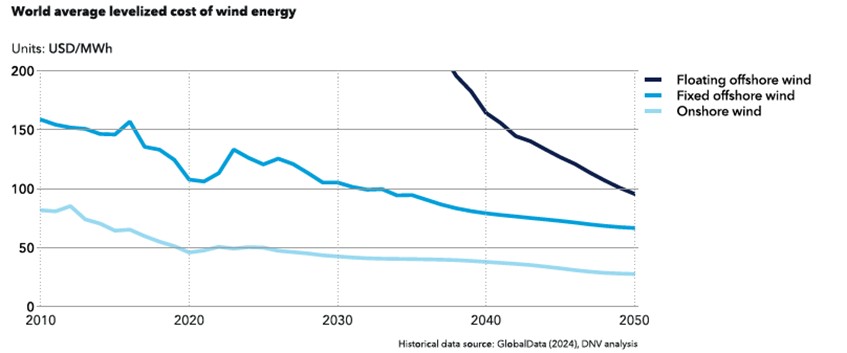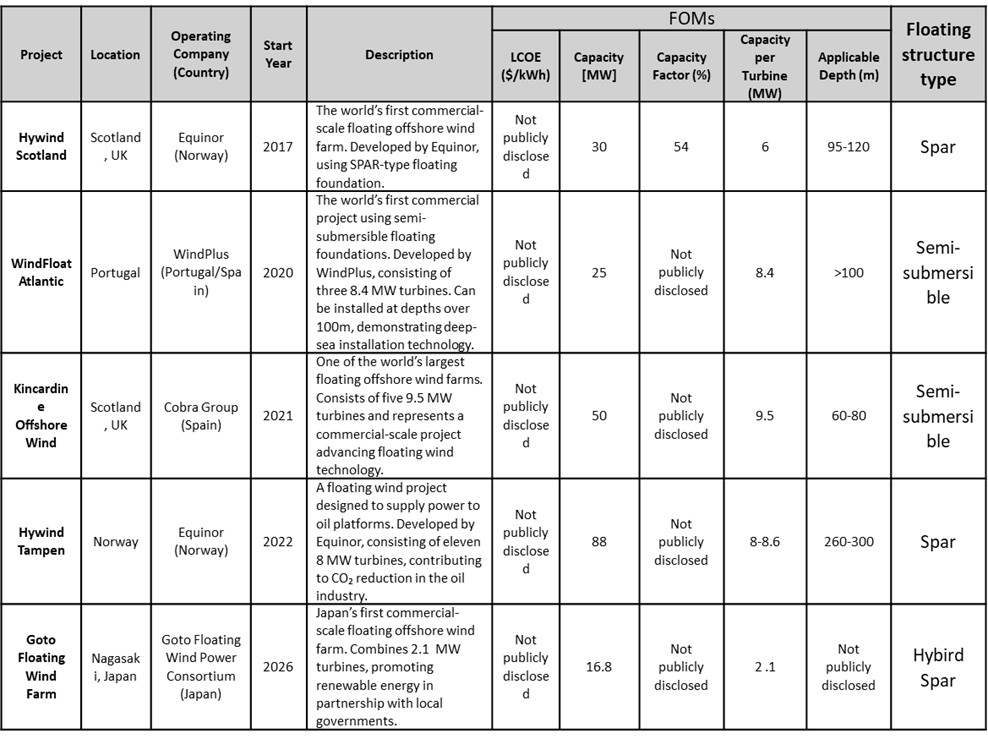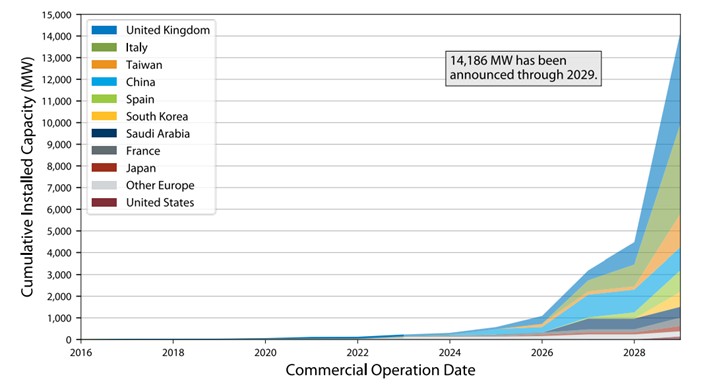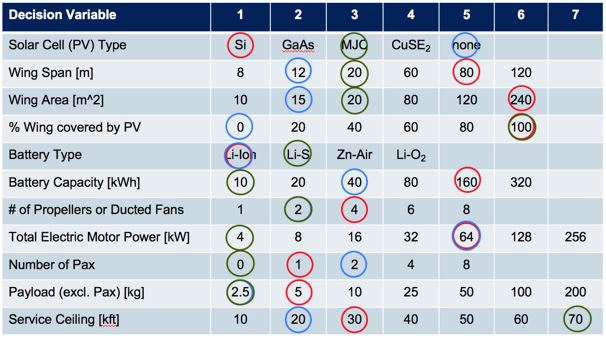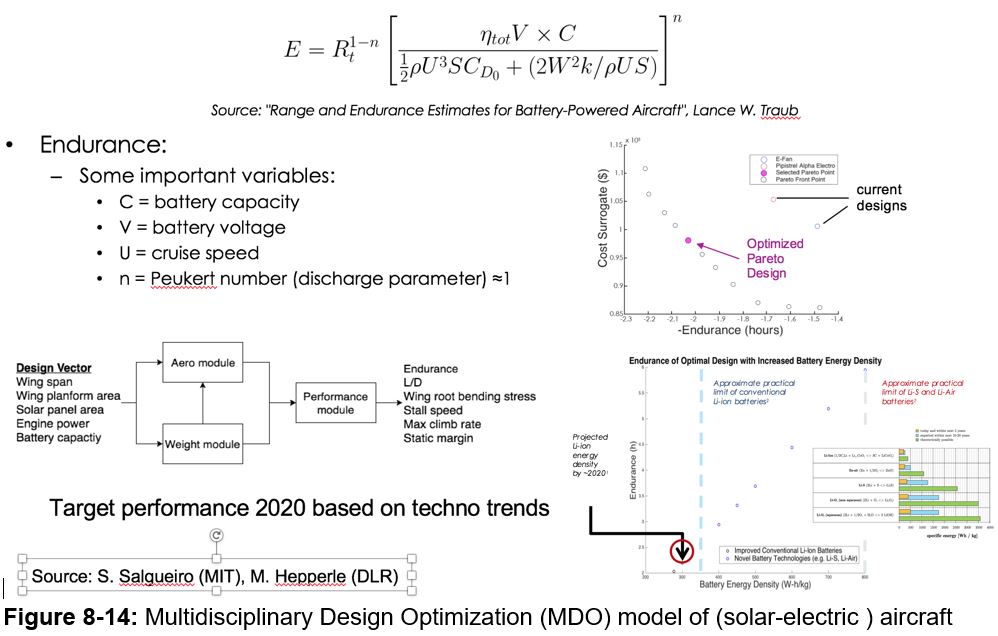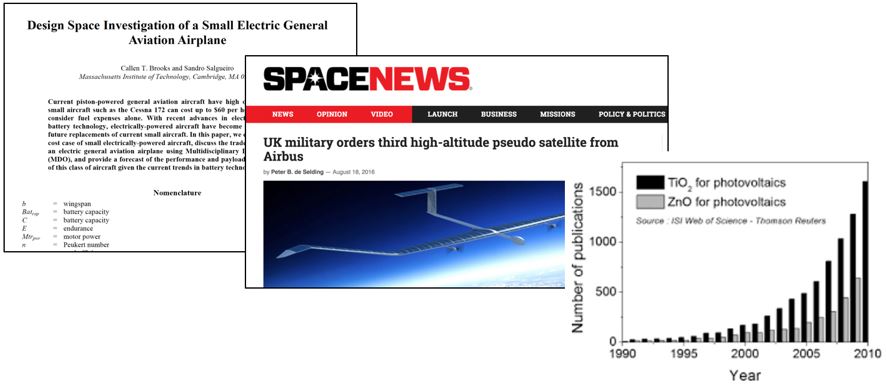Floating Offshore Wind Turbine Generator
Technology Roadmap Sections and Deliverables
Team 20 is to present a "level 3” roadmap of Floating Offshore Wind Turbine Generators. The following code is the identifier.
- 3FOWTG - Floating Offshore Wind Turbine Generator
Roadmap Overview
Floating Offshore Wind Turbine Generators are a technology that generates electricity by converting wind energy using turbines mounted on floating structures, which are moored to the seabed and remain stable at sea or on lakes. This technology is a form of offshore wind power, and compared to fixed systems, Floating Offshore Wind Turbine Generators can be installed in deeper waters or in coastal areas with limited space.
As the global shift toward renewable energy accelerates, wind power plays a central role. As of 2022, global wind power capacity has reached 906 GW, but the vast majority of this is onshore wind power, with offshore wind accounting for only 7.1%. Offshore wind power is divided into two types: "fixed" and "floating." This roadmap focuses on the latter, which is still in its early stages of development.
Fixed wind power involves anchoring the turbine to the seabed, usually in shallow waters up to 50 meters deep, and is a relatively mature technology. In contrast, Floating Offshore Wind Turbine Generators, which are suited for deep-water areas or countries with limited coastal space such as Japan, the U.S. West Coast, and Norway, face fewer restrictions on installation locations. However, challenges remain in terms of stability at sea, transporting electricity to land, and reducing costs. Currently, floating systems are approximately twice as expensive as fixed systems, and large-scale commercialization is expected to take time. Nevertheless, as technology advances, the adoption of Floating Offshore Wind Turbine Generators is anticipated to increase significantly in the future.
Design Structure Matrix (DSM) Allocation
The 3FOWTG tree that we can extract from the DSM above shows us that the Floating Offshore Wind Turbine Generator (3FOWTG) is part of a larger industry-wide initiative on "Wind Turbine Generation" (2WTG), included in a type of electrification, and that it requires the following key enabling technologies at the subsystem level: 4TUR Turbine, 4TOW Tower, 4FOU Foundation, and 4POT Power Transmission. In turn, these require enabling technologies at level 5: 5BLA Blade, 5NAC Nacelle, 5ROT Rotor, 5YAC Yaw Control, 5FLS Floating Structure (such as the structure of spar and semi-submersible), and 5CAB Cable.
Roadmap Model using OPM
Team 20 hereby displays OPD of 3FOWTG – Floating Offshore Wind Turbine Generator (WTG) This consists of level 3 decomposed WTG, associated products and figure of merit (FOM). Associated OPL is displayed below. This represents the relationships among each object shown in the OPM above.
Figures of Merit
The table below is to show a list of FOMs of 3FOWTG.
Besides defining what the FOMs are, this section of the roadmap should also contain the FOM trends over time dFOM/dt as well as some of the key governing equations that underpin the technology. Each trend over time dFOM/dt is included in the table above.
The table below shows an example of a key governing equation governing wind turbine generators.
Alignment with Company Strategic Drivers
Our company serves as a floating offshore wind turbine generator development contractor, aiming to offer proposals to governments and power distributors interested in cost-effective wind energy solutions. The primary Figure of Merit (FOM) reflecting unit energy production cost—and, by extension, maximizing return on investment—is the Levelized Cost of Energy (LCOE). Lowering the LCOE indicates the capability to produce energy at a reduced overall cost, enhancing the project’s economic viability.
According to the Energy Transition Outlook 2024 (DNV, 2024), the LCOE (Levelized Cost of Energy) for floating offshore wind is the highest among types of wind power generation, standing at 290 USD/MWh as of 2024, which is more than double that of fixed offshore wind at 133 USD/MWh. However, due to increased deployment and the benefits of experiential learning, costs are expected to gradually decrease. By 2050, the global average LCOE for fixed offshore wind is projected to reach 67 USD/MWh, while that for floating offshore wind is expected to be approximately 96 USD/MWh, narrowing the difference to 45%.
Positioning of Company vs. Competition
According to the "Offshore Wind Market Report: 2023 Edition" (National Renewable Energy Laboratory (NREL), 2024), the operating capacity of floating offshore wind reached 234 MW by the end of 2023. As of October 2024, there are very few commercially operational floating offshore wind projects. Additionally, information is quite limited since FOMs such as LCOE for each project have not been disclosed. However, the main projects and the FOMs for each project, as obtained through our research, are as follows.
Although company-specific data is extremely limited, Figure ## provides data on projected trends in each region. It shows the estimated cumulative deployment of floating offshore wind energy by country through 2029 for all projects with an announced COD in NREL's OWDB. According to this data, up to 14,186 MW may be installed by 2029, based on developer-announced CODs. Most of the deployment planned through 2029 is concentrated in the United Kingdom (4,242 MW), Italy (4,160 MW), Taiwan (1,530 MW), China (1,052 MW), and Spain (995 MW).
Technical Model
In order to assess the feasibility of technical (and financial) targets at the level of the 2SEA roadmap it is necessary to develop a technical model. The purpose of such a model is to explore the design tradespace and establish what are the active constraints in the system. The first step can be to establish a morphological matrix that shows the main technology selection alternatives that exist at the first level of decomposition, see the figure below.
It is interesting to note that the architecture and technology selections for the three aircraft (Zephyr, Solar Impulse 2 and E-Fan 2.0) are quite different. While Zephyr uses lithium-sulfur batteries, the other two use the more conventional lithium-ion batteries. Solar Impulse uses the less efficient (but more affordable) single cell silicon-based PV, while Zephyr uses specially manufactured thin film multi-junction cells and so forth.
The technical model centers on the E-range and E-endurance equations and compares different aircraft sizing (e.g. wing span, engine power, battery capacity) taking into account aerodynamics, weights and balance, the performance of the aircraft and also its manufacturing cost. It is important to use Multidisciplinary Design Optimization (MDO) when selecting and sizing technologies in order to get the most out of them and compare them fairly (see below).
Key Publications, Presentations and Patents
A good technology roadmap should contain a comprehensive list of publications, presentations and key patents as shown in Figure 8-19. This includes literature trends, papers published at key conferences and in the trade literature and trade press.
